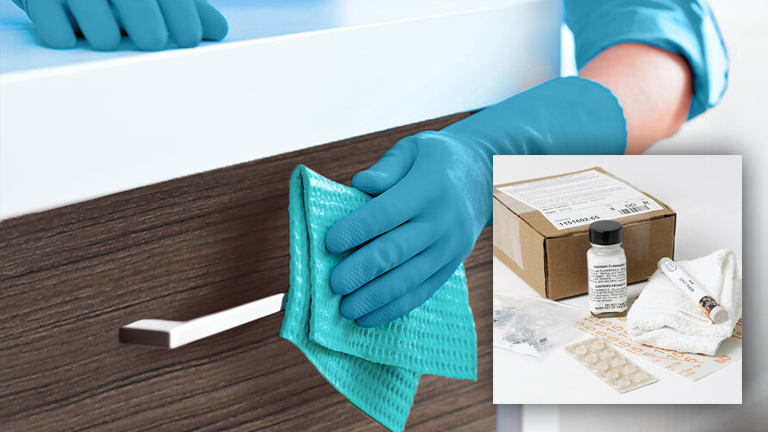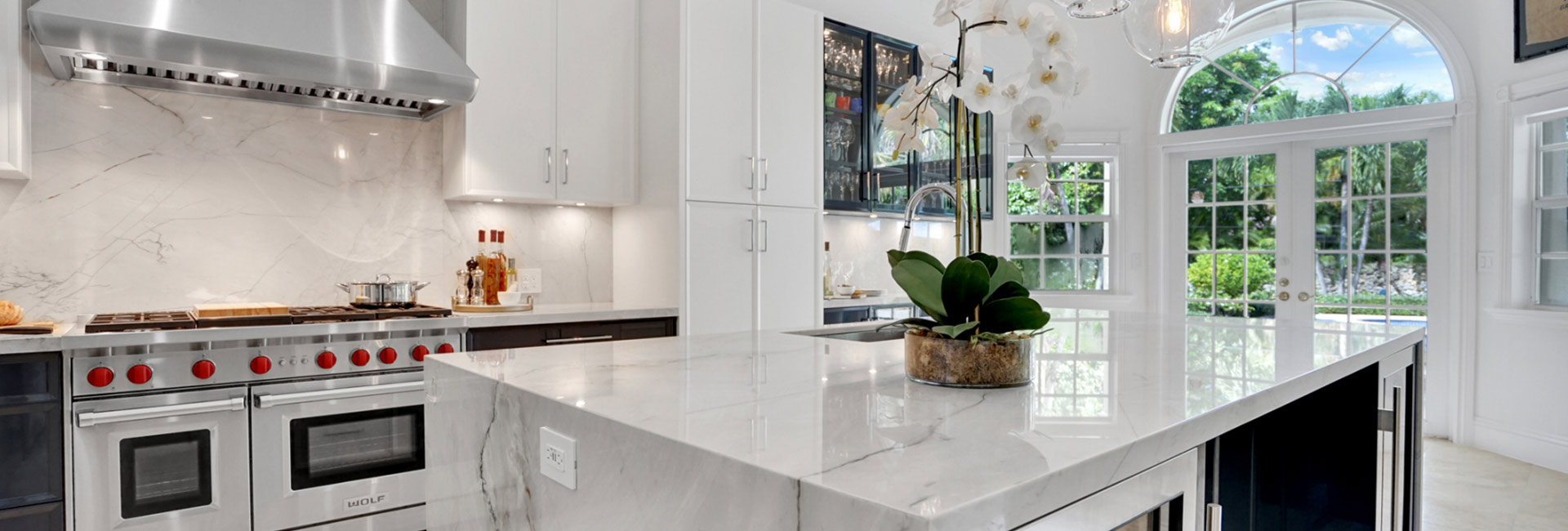Care & Cleaning Guides for your Trimline Design Cabinets
With proper care, your new cabinetry will look and function beautifully for years to come. Your cabinetry has been crafted with time-tested joinery and solid materials, to function reliably in high-use areas like kitchens and baths. With a finish that has been formulated to be durable, luxuriously smooth, and beautiful. To preserve the beauty of your cabinetry, scroll down for our Care & Cleaning guide.
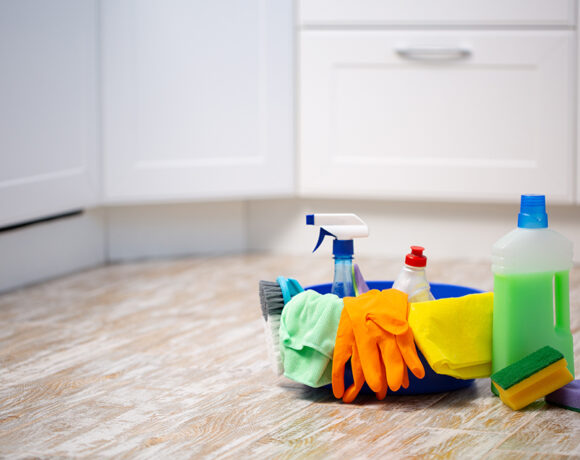
BEST PRACTICES FOR CLEANING CABINETRY
How to Clean & Care for Your Cabinetry
The finish on your cabinetry is designed to be durable and beautifully smooth and to protect your cabinetry for the long-term. It is designed to be easy to clean and maintain. Protect the finish on your cabinetry so the finish can protect your cabinetry long-term.
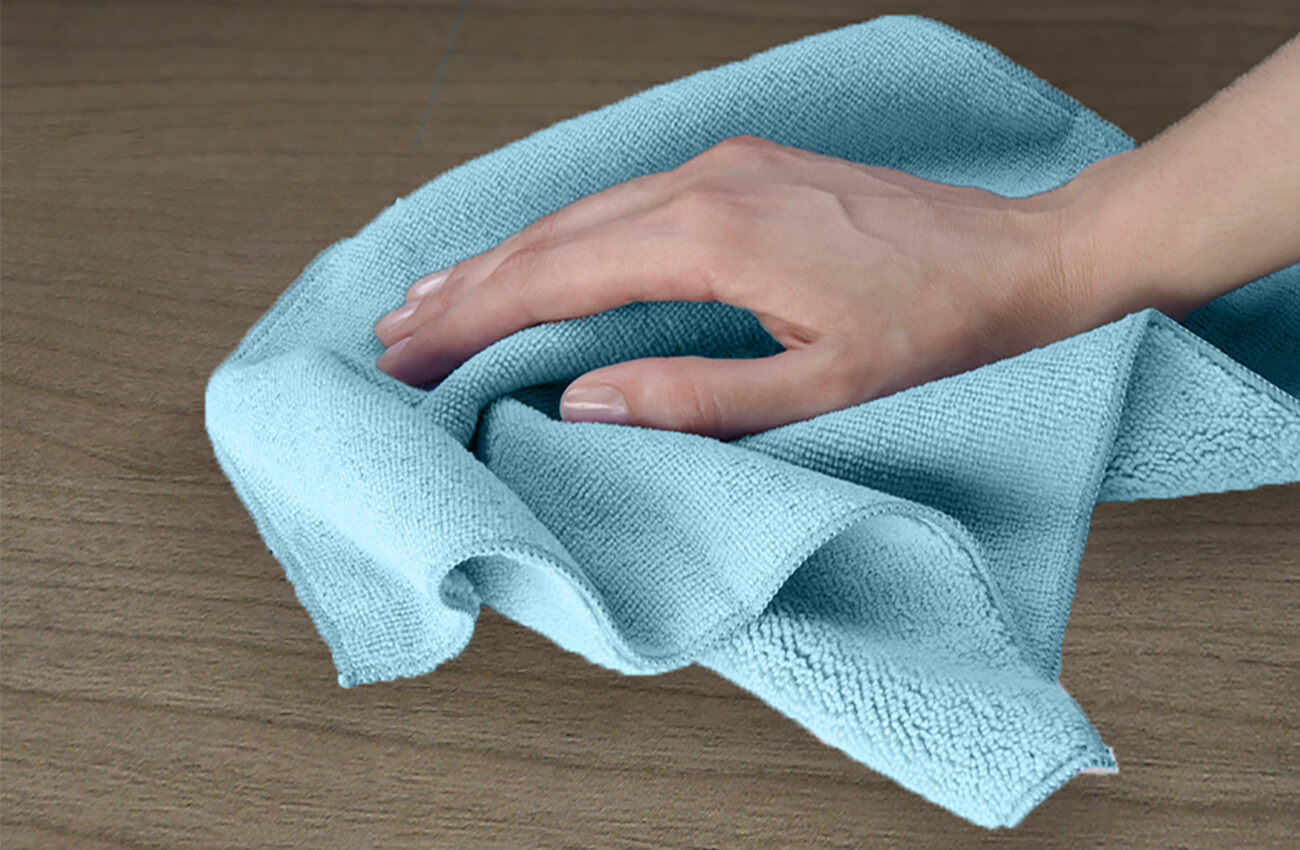
Step One:
After your cabinetry has been installed, start with a clean, soft, lint-free cloth to remove construction dust. Never use an abrasive cleanser or a dry paper towel, as these can cause scratches to the finish.
Step Two:
After dust is removed and for regular care and cleaning, lightly dampen a soft cloth with water. Most times, water is enough to clean your cabinetry but if desired, water and a mild dish soap* solution can be used. (i.e. a drop or two of Dawn dish soap in water) Make sure to apply the water/ soap solution to the cloth and wring out the cloth thoroughly to avoid excessive moisture. For dried food or beverage spills, clean gently with a damp cloth until the dried spill is softened and easy to wipe clean. Never use an abrasive sponge or scraper to clean your cabinetry as this will scratch the finish over time.
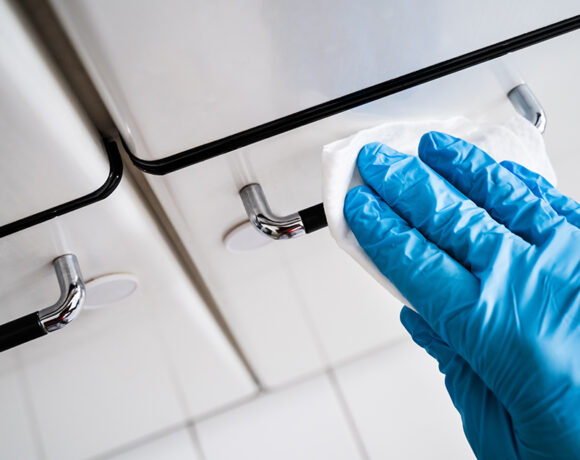
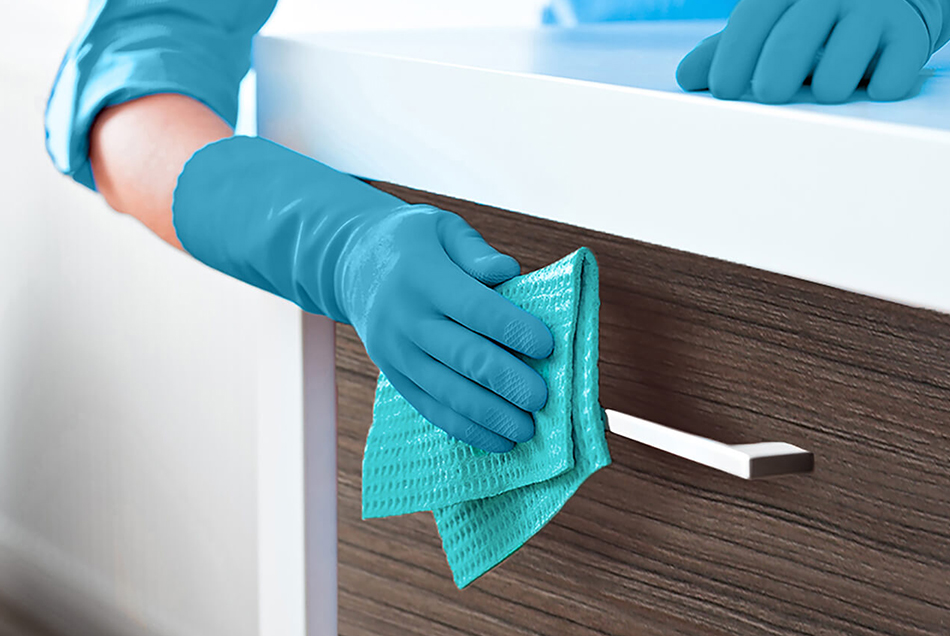
Step Three:
Dry promptly with a second dry, clean, soft, lint-free cloth.
WHAT TO DO & WHAT NOT TO DO
How to Care for & Maintain Your Cabinetry
Understanding what can damage your cabinetry can help you care for and protect your investment for years to come.
Promptly Address Spills:
Always wipe-up spills with a clean, soft, lint-free cloth (i.e. a microfiber cloth). If a spill puddles for an extended period of time, it can cause wood to expand and weaken a joint/seam leaving your cabinetry vulnerable to damage.
If You Choose To Polish Your Cabinetry:
It is not necessary to polish your cabinetry but if you choose to, a non-silicone polish is recommended (i.e. Guardsman Furniture Polish) applied with a clean, soft, lint-free cloth wiping with the grain of the wood.
 DO NOT USE:
DO NOT USE:
- Abrasive pads, sponges, rags, steel wool, or powdered cleansers: Always clean or dust with a dampened soft, clean cloth. Never use anything abrasive which can scratch, dull, or harm the finish.
- Dishrags or sponges used for other household cleaning: These can contain remnants of grease, dirt, or past-used cleaners that can harm the finish.
- Cleaners Containing Harsh Chemicals (Such as ammonia, bleach, or acidic cleaners): These can dull or harm the finish.
- Wax Polish or Spray Polish Containing Silicone: These can result in a wax film build up on your cabinetry. Silicone* based polish can harm the finish.
Protect Your Cabinetry From Moisture:
Protect your cabinetry from moisture on a daily basis. Maintain good habits like drying your hands before touching cabinetry, and avoid draping damp items over cabinet doors (such as dish towels). Wipe up spills promptly and don’t allow moisture to puddle on your cabinetry. Any wood surface (cabinetry, flooring, furniture, etc.) will absorb moisture which can weaken joints and seams.
Avoid Extreme Temperature And Humidity Conditions:
Extremes in temperature and humidity can cause wood to expand and contract, possibly damaging the finish on your cabinetry and can cause swelling of the cabinet joints. Maintain normal humidity levels in kitchens and baths and use vents to keep bathrooms from overly fogging/steaming.
Don’t Apply Cleaning Solution Directly:
Always use a dampened cloth and then wipe dry. Don’t apply water or cleaning solution by spraying/applying directly to the cabinetry, as the water may drip or collect where it may not be easily wiped dry.
*Before using any new cleaner/polish on your cabinetry, test in a small, inconspicuous area and let dry to assure it will not cause discoloration or damage your finish.
CARING FOR HIGH-TECH CABINET MATERIALS
Contemporary Care & Cleaning Guide

MONITOR THE HUMIDITY
The Importance of Humidity Control
Excessive moisture is one of the worst enemies of any wood and finish. Extremes in temperature and humidity can cause wood to expand and contract, possibly damaging the finish on your cabinetry and can cause swelling of the cabinet joints.
TOUCH-UP KITS
How to Repair Nicks and Scratches
Your cabinetry has a durable finish designed to perform well in your household environment. However, during installation or everyday use, accidental scratches and dings may occur. Accidental scratches and dings may occur which can easily be touched up with a touch-up kit.
